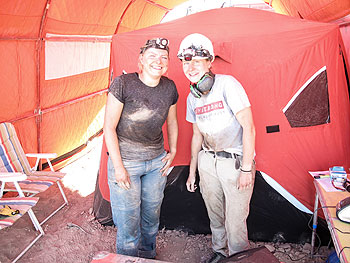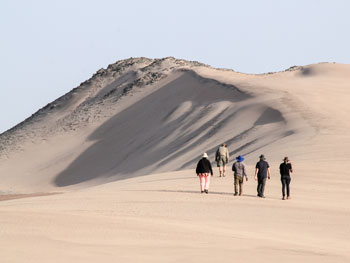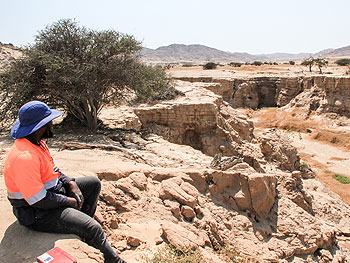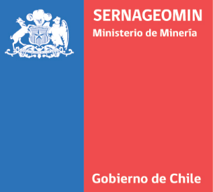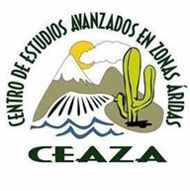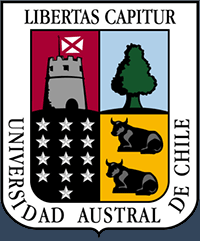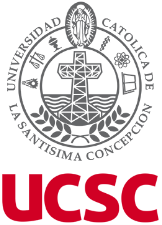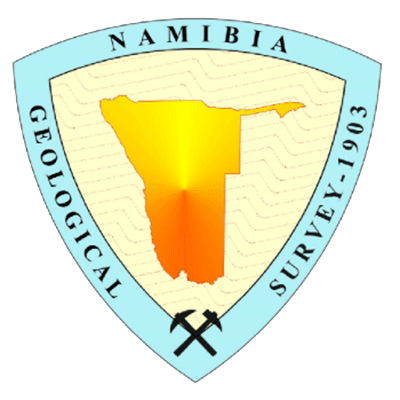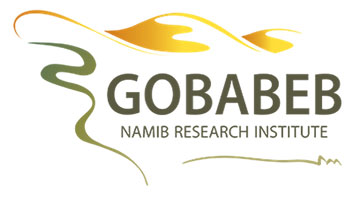Constraining the Pleistocene environmental history of the Atacama: Extending the age range of luminescence dating
The D05 project uses optically stimulated luminescence (OSL) dating, a technique that informs about the timing of sediment deposition, to provide chronological constraints for landscape and climate evolution of the Atacama Desert. By applying OSL dating, temporal patterns for geomorphologic and climatic changes deduced from sediment records such as alluvial fans, clay pans or hillslope deposits can be established. This includes the application of conventional OSL dating approaches as well as the development of new techniques that enable to target sediments which can as yet not be dated.
Due to the high age of the Atacama Desert many sediment records exceed the age range of conventional OSL dating. Therefore, a special focus of project D05 is the development of new techniques that can extend the conventional age range of OSL dating. The innovative technique investigated in this project is optically stimulated luminescence dating using violet stimulation (VSL), which will allow to date much older sediments than can be achieved using the techniques available until now.
We are among the first to further advance and apply this specific dating technique (VSL dating). It gives information on geomorphologic structures and climatic events in the Atacama Desert that so far could not be dated by any other approach.
Contact
Prof. Dr. Helmut Brückner
Phone +49 (0)221 470-1724
E-Mail This email address is being protected from spambots. You need JavaScript enabled to view it.
|
Since sunlight effects the luminescence signal, any form of light exposure must be avoided during sample collection in the field. In order to avoid sunlight exposure of the sediments from the 50 m drill core, samples from core barrels were collected in a completely lightproof tent next to the drill location using head lights equipped with red light (which does not affect the luminescence signal). Extremely hot temperatures in this tent due to strong insolation and missing ventilation were challenging. |
||



